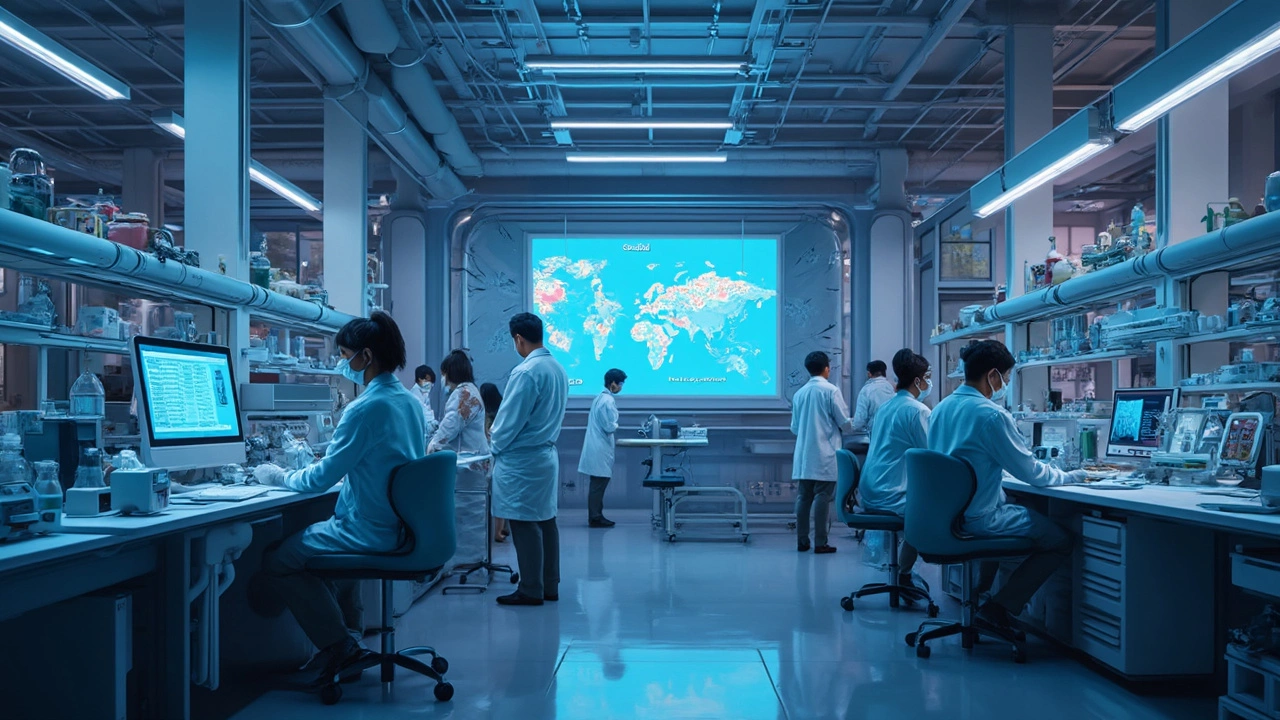Embryo: Understanding Early Human Development
When we talk about a Embryo, the earliest recognizable stage of a developing human that follows fertilization and lasts until about eight weeks of gestation. Also known as early-stage human development, it marks the period when cells start dividing, specialize, and form the basic body plan. Embryo development includes rapid cell division, formation of the blastocyst, and implantation into the uterine lining. This stage sets the foundation for all later growth, and any disruption can affect the entire pregnancy. Below you’ll find a collection of articles that break down each piece of this complex puzzle.
Key Topics Covered
The world of assisted reproduction brings the In Vitro Fertilization (IVF), a medical procedure where eggs are fertilized by sperm outside the body and then transferred back into the uterus into sharp focus. IVF requires fertilization outside the body, which means scientists can watch the embryo develop before it ever meets the womb. This control allows for selecting the most viable embryos, increasing chances of a successful pregnancy. The process also highlights how embryo quality directly influences implantation rates and long‑term health outcomes.
Once a healthy blastocyst is ready, the next step is Embryo Transfer, the act of placing one or more embryos into the uterus to achieve pregnancy. Embryo transfer influences pregnancy outcomes by determining where the embryo implants and how it interacts with the uterine environment. Timing, technique, and the number of embryos transferred all play a role in success rates and potential complications. Understanding these nuances helps patients and clinicians make informed choices that balance effectiveness with safety.
At the heart of both natural and assisted conception lies Fertilization, the moment when a sperm merges with an egg to form a single cell called a zygote. Fertilization triggers embryonic growth, setting off a cascade of genetic activation that drives cell division and differentiation. Without this crucial event, there is no embryo to develop. Once fertilization occurs, the embryo embarks on a journey of prenatal development, a period that shapes health well beyond birth. Prenatal development includes the formation of vital organs, the nervous system, and the structural framework that will support a lifetime of growth.
All of these pieces—embryo formation, IVF, embryo transfer, fertilization, and prenatal development—interlock to create the full picture of early life. The articles below dive into each area, offering actionable advice, scientific explanations, and real‑world tips you can use right away. Whether you’re curious about how embryos grow, planning an IVF cycle, or simply want to understand the biology behind pregnancy, you’ll find clear, practical information that cuts through the jargon and gets to the core of what matters.
